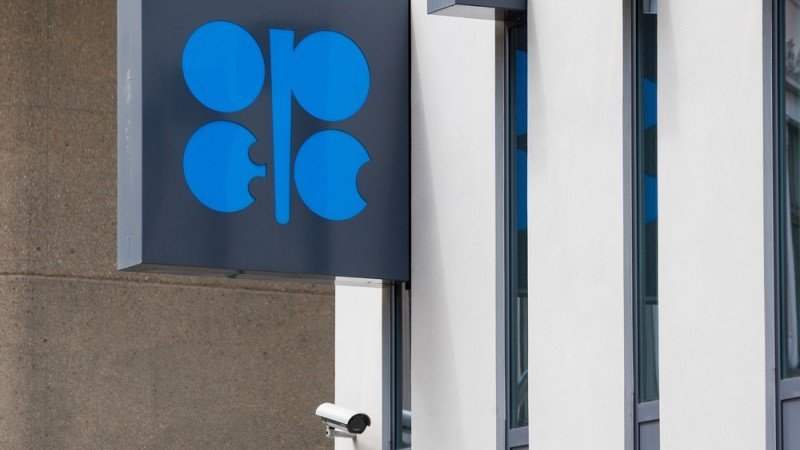There was little in the way of surprises from OPEC+ over the weekend, as the group increased supply by 547k b/d for September. The market had largely expected the supply hike, one that marks the end of the group returning the full 2.2m b/d of additional voluntary cuts. We believe the group is finished with its supply hikes, as we move out of the stronger summer demand period and inventories start to rise.
However, much also depends on what happens to Russian oil flows. The Trump administration threatens penalties on India for purchasing Russian energy. This puts in the region of 1.7m b/d of supply at risk if Indian refiners stop buying Russian oil. If there are no other willing buyers for this oil, it would erase the expected surplus through the fourth quarter and 2026. It would also possibly provide OPEC+ the opportunity to start unwinding the next tranche of supply cuts totalling 1.66m b/d.
So far, the US has threatened penalties on India. Less has been said about the flow of Russian oil to China. If the US successfully targets these flows as well, it will leave the market considerably tighter and require OPEC+ to tap even deeper into its spare production capacity.
Concerns over the US imposing secondary tariffs on countries that import Russian oil have speculators becoming more constructive towards the market. The managed money net long in ICE Brent increased by 33,959 lots to 261,352 lots. This was driven fairly evenly by fresh buying, along with short covering. Speculators remain supportive towards middle distillates, increasing their net long in ICE gasoil by 2,464 lots to 100,644 lots as of last Tuesday, the largest position held since March 2022. However, the next release may show a reduction in positioning, given the sell-off we’ve seen in the gasoil crack since last Tuesday.
Rig activity in the US continues to decline despite oil prices finding better support in recent months. The oil rig count fell by five over the last week to 410. This is the fourteenth consecutive week of declines, a period during which the number of active rigs has fallen by 65. While this decline may surprise the market with prompt West Texas Intermediate (WTI) prices trading near $67/bbl, producers will be looking further along the curve. For example, 2026 WTI prices are trading sub-$64/bbl.

